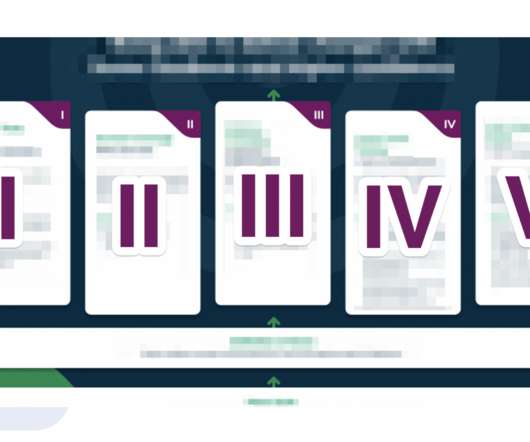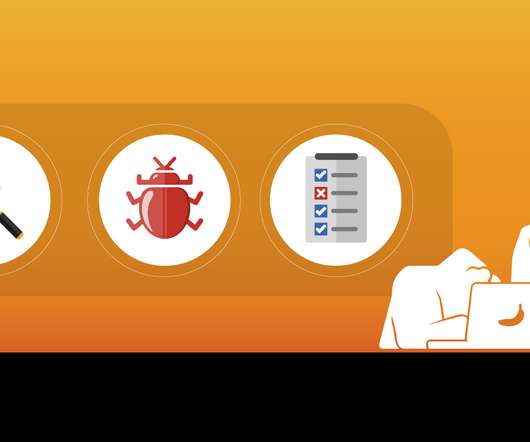5 ways to do Continuously Improved Testing
Xebia
APRIL 5, 2022
In many organizations, automated testing lags behind and becomes a bottleneck for successful continuous delivery. Either tests do not provide enough confidence or companies take a very traditional approach, resulting in releases either introducing substantial risks or becoming costly.



















Let's personalize your content